What is Free-Roam Virtual Reality?
Introduction
Virtual reality (VR) is a technology that creates an immersive and interactive simulation of a three-dimensional environment using computer-generated images, sounds, and other sensory inputs. VR can be used to create realistic or fantastical scenarios that are difficult or impossible to experience in real life.
Free-roam VR is a type of VR that allows users to move around freely in a physical space that is mapped to a virtual space. Unlike other types of VR that require users to stay in a fixed position or use controllers to navigate, free-roam VR enables users to walk, run, jump, or crouch using their legs and body movements. The VR system tracks the users’ position and orientation in real-time and updates the virtual environment accordingly.
Free-roam VR has many benefits and drawbacks for VR users and developers.
Some of the benefits are:
- It provides a high level of presence and immersion, as users feel like they are walking in the virtual world.
- It reduces motion sickness as the visual and vestibular systems are aligned.
- It supports natural and realistic interactions, such as reaching, bending, or crouching.
Some of the drawbacks are:
- It requires a large physical space that is clear of obstacles and matches the virtual space.
- It can be tiring or uncomfortable for long sessions or distances.
- It can be not easy to navigate complex or non-Euclidean virtual environments.
Free-roam VR has many potential applications in various industries, such as gaming, entertainment, education, training, tourism, health care, and more. Free-roam VR can provide users with novel and enriching experiences, as well as enable developers to create innovative and engaging VR content.
How does free-roam VR work?
Free-roam VR works by using different components of a VR system, such as the head-mounted display (HMD), tracking system, and base stations. These components work together to create a seamless and immersive VR experience.
The HMD is a device that users wear on their heads to see the virtual environment. The HMD has two screens that display stereoscopic images, creating a 3D effect. The HMD also has lenses that adjust the focal distance and field of view, creating a realistic perspective. The HMD also has speakers or headphones that provide spatial audio, creating a realistic sound.
The tracking system is a device that tracks the users’ position and orientation in the physical space. The tracking system can use different methods, such as cameras, sensors, or markers. The tracking system sends the data to the VR system, which then renders the virtual environment according to the user’s motion.
- The base stations are devices that emit infrared signals that are detected by the tracking system.
- The base stations define the boundaries of the physical space that is mapped to the virtual space.
- The base stations also help to improve the accuracy and reliability of the tracking system.
Types of free-roam VR experiences
There are different types of free-roam VR experiences available, such as gaming, social experiences, and enterprise applications. These types of experiences vary in their genre, style, theme, and purpose.
Some of the most popular free-roam VR games and experiences are:
- Zero Latency: A free-roam VR gaming platform that offers various genres of games, such as zombie survival, sci-fi shooter, fantasy adventure, and more. Zero Latency has over 75 venues across 26 countries.
- The Void: A free-roam VR entertainment platform that offers various IP-based experiences, such as Star Wars: Secrets of the Empire, Ghostbusters: Dimension, Avengers: Damage Control, and more. The Void has over 25 venues across 9 countries.
- Dreamscape: A free-roam VR storytelling platform that offers various narrative-driven experiences, such as Alien Zoo, Curse of the Lost Pearl, The Blu: Deep Rescue, and more. Dreamscape has over 10 venues across 4 countries.
